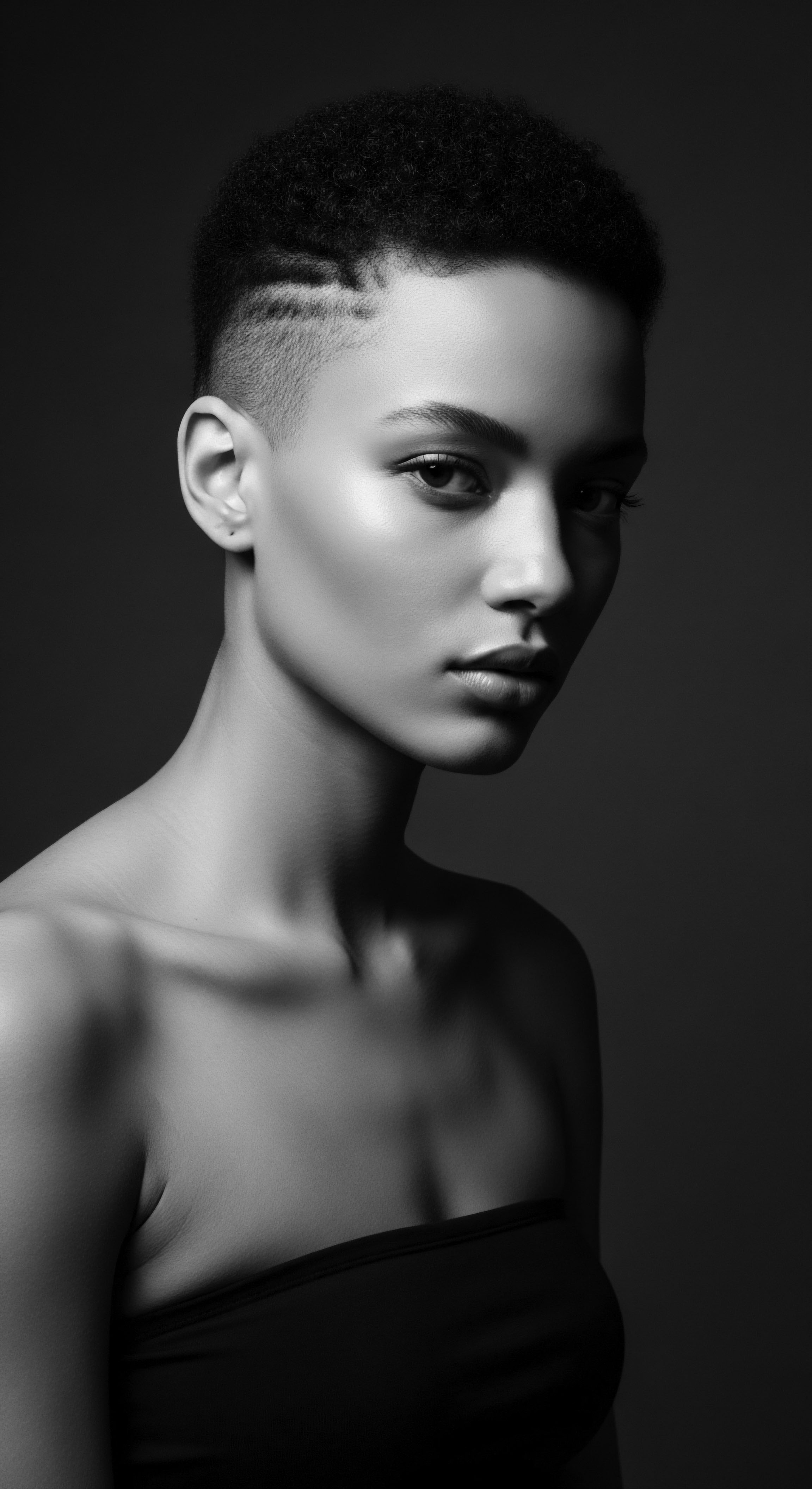
Roots
Consider, for a moment, the whisper of generations, carried not just in stories spoken softly over hearth fires, but in the very strands that crown our heads. For those of us with textured hair, this whisper is particularly resonant. It speaks of a history etched in coils, kinks, and waves—a living testament to resilience and profound beauty. Here, we stand at the threshold of understanding, poised to receive the wisdom that flows from ancestral hands, from practices honed over countless seasons.
How, we might ask, do these historical oiling traditions truly inform modern textured hair routines? The answer, I suggest, is not found in a simple transfer of old ways to new, but in a deeper listening, a recognition of shared principles that transcend time. It is a journey to the very genesis of care, to the elemental biology of the strand, and to the wellspring of cultural ingenuity that nurtured it.
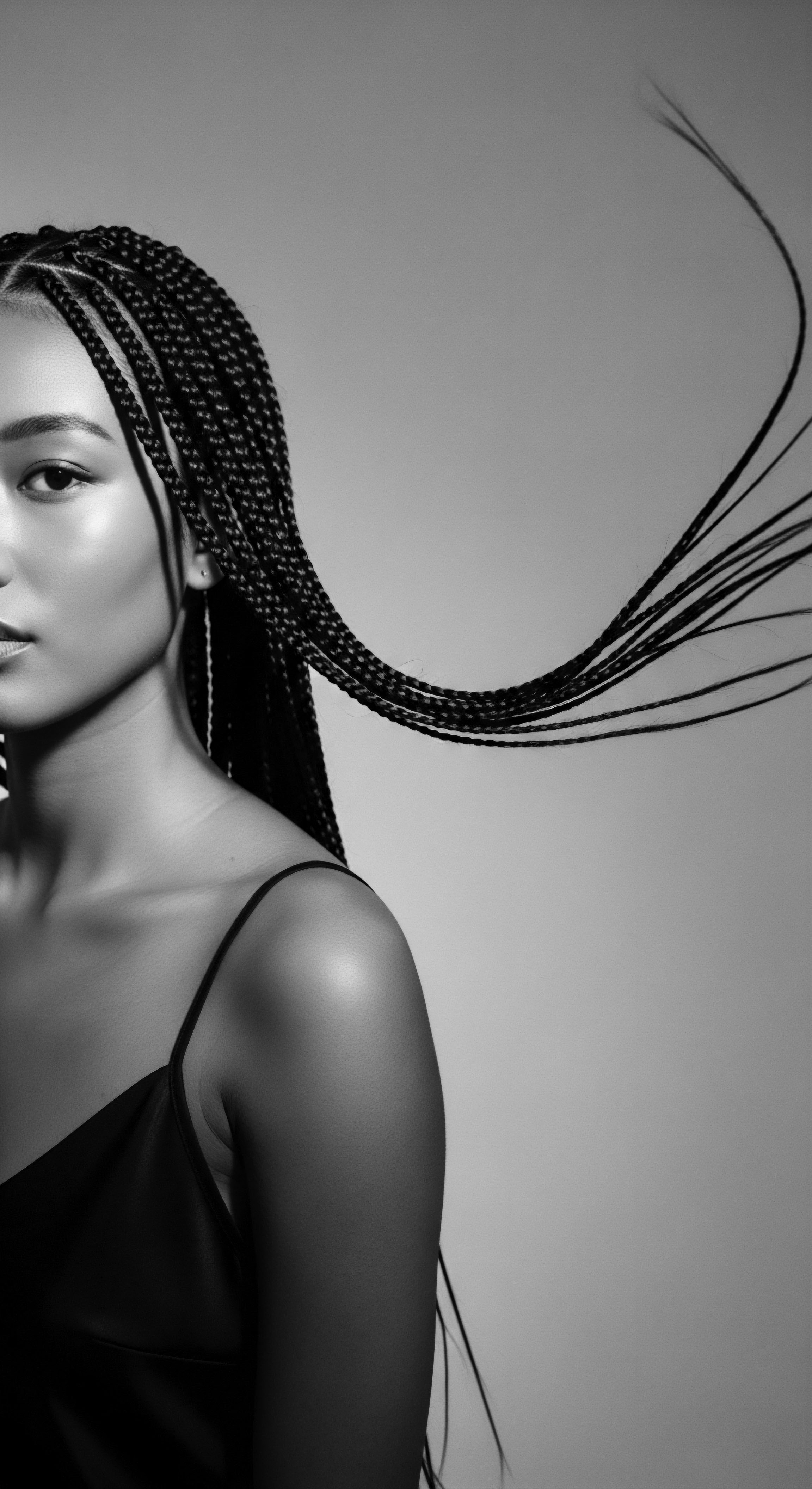
The Hair Strand
At its foundation, the textured hair strand possesses a unique architecture, distinct from straight hair. Its elliptical cross-section, coupled with varying degrees of curl pattern, gives rise to a cuticle layer that tends to be more open, more lifted. This structural difference, a biological legacy, renders textured hair particularly prone to moisture loss. Ancestral communities, long before the advent of microscopes or molecular biology, understood this intrinsic need for moisture and protection.
Their practices, particularly oiling, functioned as an intuitive response to these biological realities. The oils, derived from their immediate natural surroundings, acted as sealants, emollients, and conditioners, mimicking the very protective mechanisms nature intended for healthy strands.
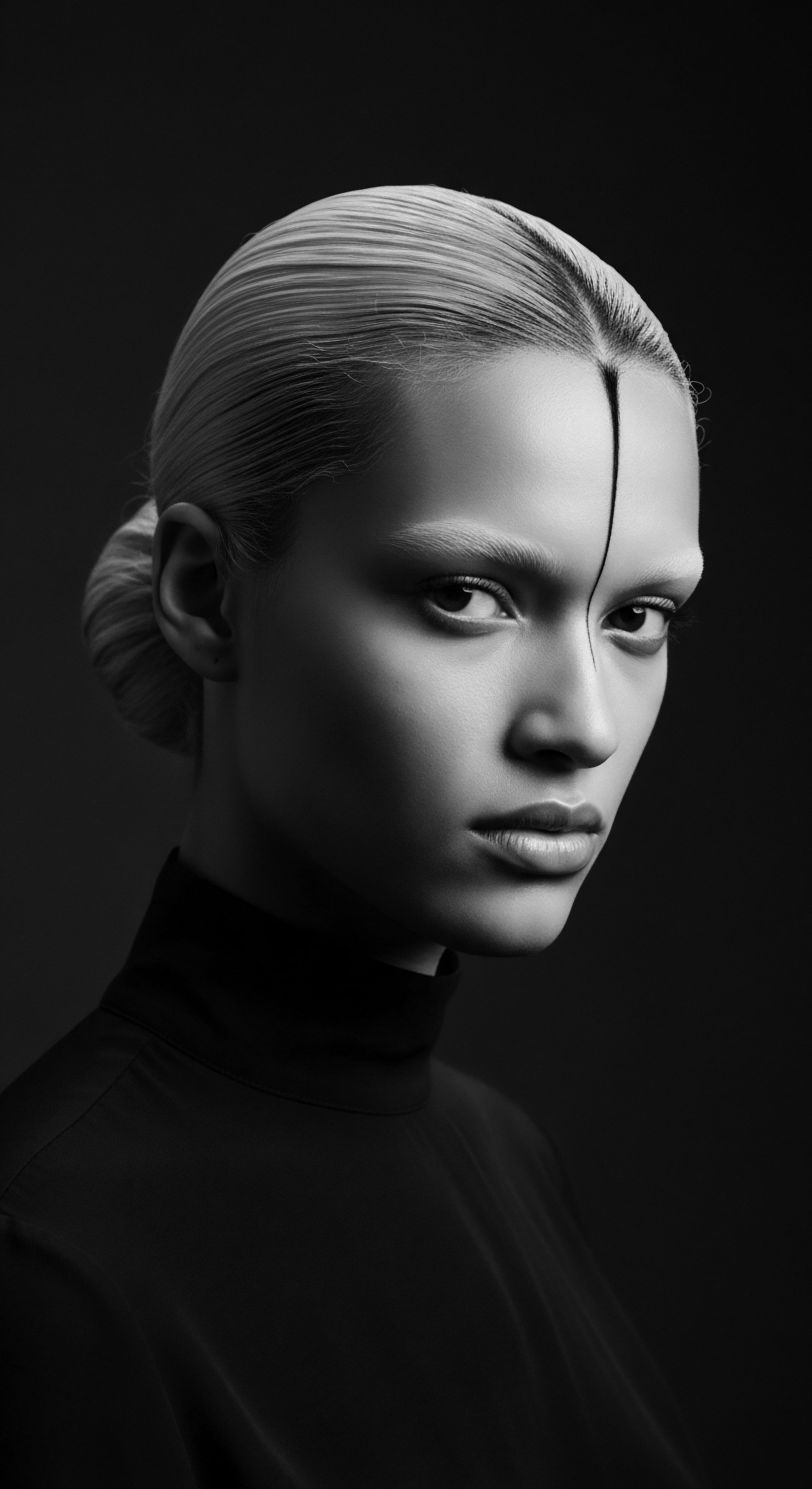
Early Understanding of Hair Growth Cycles
While modern science delineates the hair growth cycle into anagen, catagen, and telogen phases, older traditions held an equally valid, albeit less codified, grasp of hair’s cyclical nature. They observed the shedding, the regrowth, the moments of vibrant growth and periods of apparent dormancy. These observations shaped their hair care practices, including how and when oil was applied.
For instance, certain oils might be favored during periods of perceived vulnerability or during ritualistic transitions. The careful application of oils often coincided with specific lunar cycles or seasons, a recognition of the symbiotic relationship between human rhythms and natural world cadences.
Ancestral oiling traditions offer a profound understanding of textured hair’s innate need for moisture and protection, rooted in observations of its unique biological structure.
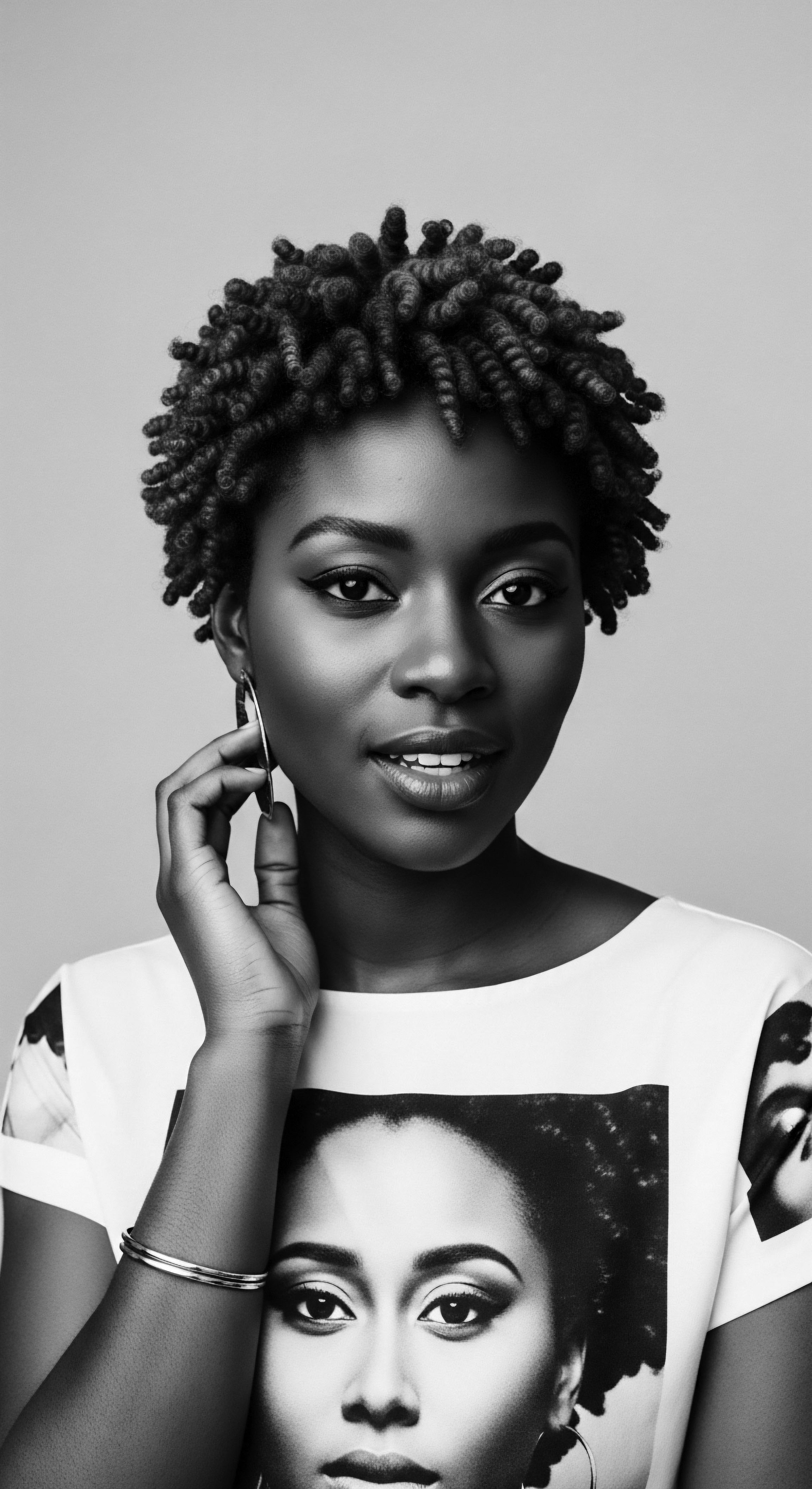
Anatomical Wisdom Across Generations
Our journey into the historical intersection of oiling and textured hair care begins with the very architecture of the hair itself. Textured hair, with its inherent coil and crimp, possesses a structural blueprint that varies considerably across individuals of African descent and those of mixed heritage. Unlike straight hair, which typically has a round cross-section, textured strands are often elliptical or even flattened. This shape, combined with the way the hair spirals, leads to more points where the cuticle—the outermost protective layer of the hair shaft—is lifted.
This elevation means that moisture, so vital for strength and flexibility, can escape more readily. It also makes the hair more susceptible to environmental stressors and mechanical damage.
Consider the meticulous nature of traditional hair preparations in communities across West Africa, for example. Women would often process local plants, nuts, and seeds into rich, viscous oils and butters. These weren’t just random concoctions. They were a direct, intuitive response to the hair’s observable behavior.
The oils acted as a barrier, sealing in the natural moisture produced by the scalp and whatever water might have been introduced during washing. This sealing action helped to smooth the lifted cuticles, imparting a luster and softness that spoke to health and vitality.
The knowledge of these preparations was not written in textbooks but carried through generations, passed from elder to child. This living archive of wisdom speaks to a profound understanding of hair anatomy, albeit expressed through practical, traditional means rather than Western scientific nomenclature. It was a holistic science, where observation, experimentation, and shared communal knowledge formed the bedrock of effective care.
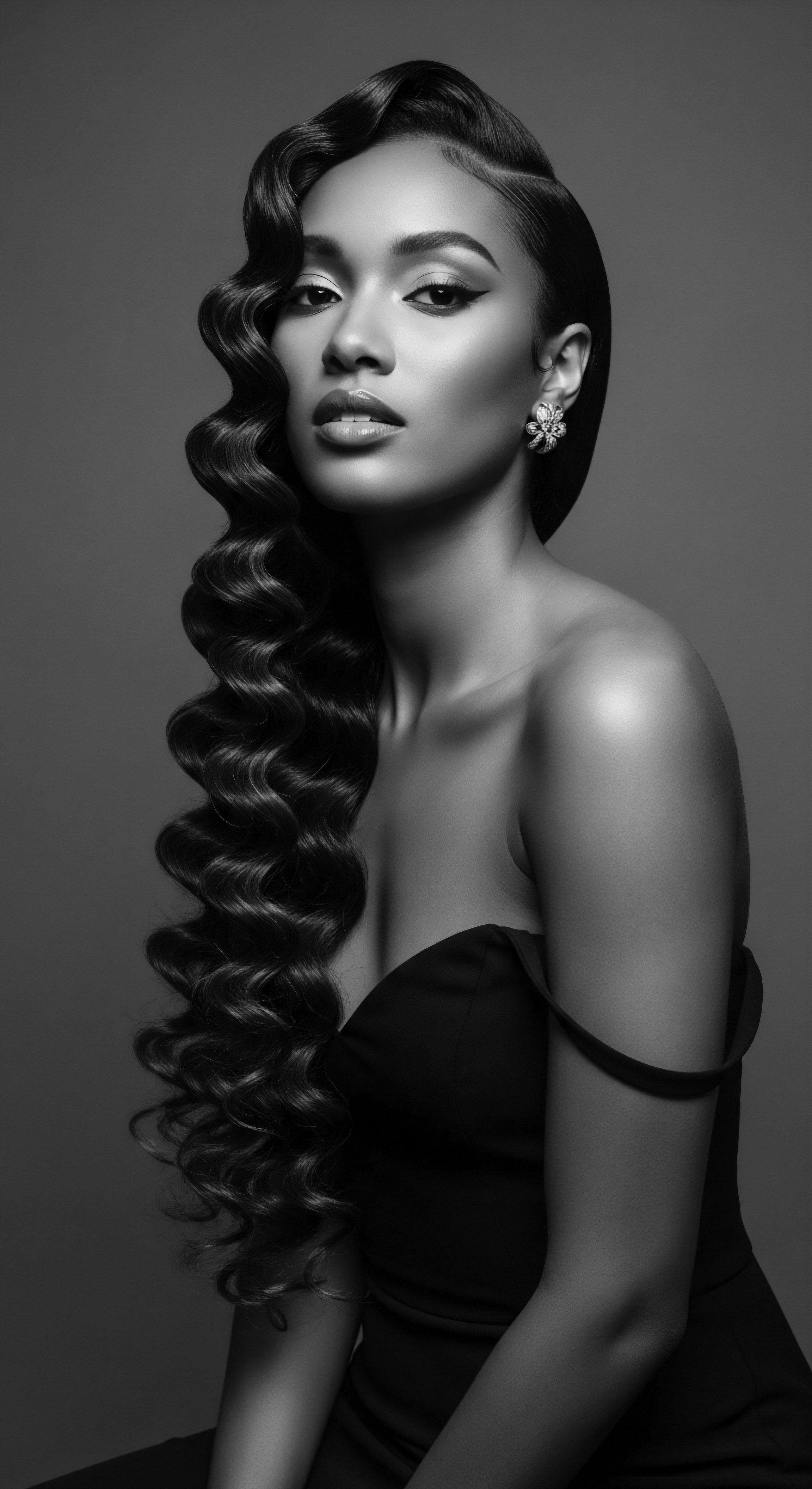
How Did Ancient Cultures Categorize Hair Textures?
While modern classification systems like Andre Walker’s or the FIA type hair based on curl pattern (e.g. 3a, 4c), ancient cultures often categorized hair not by a numerical system, but by its visual characteristics, its feel, and its cultural significance. The terms used were often descriptive, rooted in local languages and deeply connected to identity. For instance, in some West African societies, hair might be described by its resemblance to specific natural forms—a tightly coiled pattern might evoke images of a ram’s horn, or softer waves might be likened to flowing water.
These descriptions, while not scientific in the modern sense, served a critical purpose in identifying hair’s needs. If hair was perceived as “dry like savannah grass in the dry season,” the communal knowledge would instinctively guide the use of heavy, emollient oils. If it was “fine like spider silk,” lighter oils might be chosen. This fluid, experiential classification system directly informed the choice and application of oils, tailoring the practice to the perceived requirements of the strand.
| Aspect of Hair Hair Structure |
| Ancestral Understanding & Practices Observed hair's tendency to frizz and dry; used oils to smooth and add weight. |
| Modern Scientific Parallel Elliptical cross-section and lifted cuticles lead to moisture loss and fragility. Oils seal the cuticle. |
| Aspect of Hair Growth Cycles |
| Ancestral Understanding & Practices Recognized periods of shedding and growth, sometimes linking them to lunar or seasonal rhythms; adjusted care. |
| Modern Scientific Parallel Anagen, catagen, and telogen phases dictate growth, resting, and shedding. Hair care can support each phase. |
| Aspect of Hair Moisture Retention |
| Ancestral Understanding & Practices Understood the need for "grease" or "wetness" to keep hair supple and prevent breakage. |
| Modern Scientific Parallel Textured hair's porosity requires emollients to prevent water evaporation from the cortex. |
| Aspect of Hair Historical oiling practices were an intuitive, culturally informed response to the inherent biological needs of textured hair, validated by contemporary understanding. |
The early lexicon of textured hair care, while not written in academic texts, existed in the shared wisdom of communities. Terms for specific textures, for the feeling of well-hydrated hair, and for the tools used in oil application were woven into daily conversation and ritual. This tradition-bound language, passed down aurally, holds within it the ancestral understanding of how to honor and care for these unique hair types. The very act of oiling was more than a physical application; it was an act of communion with the hair, a dialogue between the caregiver and the strand, rooted in deep respect for the physical and spiritual aspects of one’s crown.

Ritual
The history of textured hair care is a saga told not just through scientific observation, but through the enduring power of ritual. Oiling, in countless societies, transcended mere cosmetic application; it was a sacred act, a gesture of reverence for the crown, a practice deeply woven into the fabric of communal life and individual identity. These rituals, passed down through the ages, hold within them a deep repository of wisdom that can profoundly inform our modern routines. We witness in these traditions a seamless blend of artistry, wellness advocacy, and an intuitive grasp of what the hair requires to thrive.

Protective Styling And Ancestral Oils
Consider the ancient art of protective styling, a cornerstone of textured hair care across the African diaspora. Styles such as elaborate braids, cornrows, and twists were not only aesthetically pleasing but served a practical purpose ❉ safeguarding the hair from environmental damage and minimizing manipulation. Oiling played a crucial, often preparatory, role in these styles.
Before braiding or twisting, hair would be thoroughly oiled, sometimes with a blend specific to the desired outcome—perhaps a heavier butter for holding a style, or a lighter oil to enhance shine and flexibility. This practice reduced friction, added slip for easier detangling, and provided a protective barrier that helped strands withstand tension.
For instance, historical accounts from various African societies, particularly those detailing practices in areas rich with shea trees, speak of the integral role of shea butter in preparing hair for intricate protective styles. The women of certain West African ethnic groups, such as the Fulani, have for centuries relied on shea butter (Vitellaria paradoxa) for its conditioning and protective qualities before styling their distinctive long, often braided hair. This butter, rich in fatty acids and vitamins A and E, would be warmed and worked through the hair, providing deep moisture and making the strands supple enough to be tightly braided without excessive breakage (Brouwer, 2017). This specific historical example shows how a tradition directly informed the modern understanding of pre-styling conditioning.
Historical oiling practices, particularly the use of emollients like shea butter, were foundational to the efficacy and protective benefits of ancestral textured hair styles.
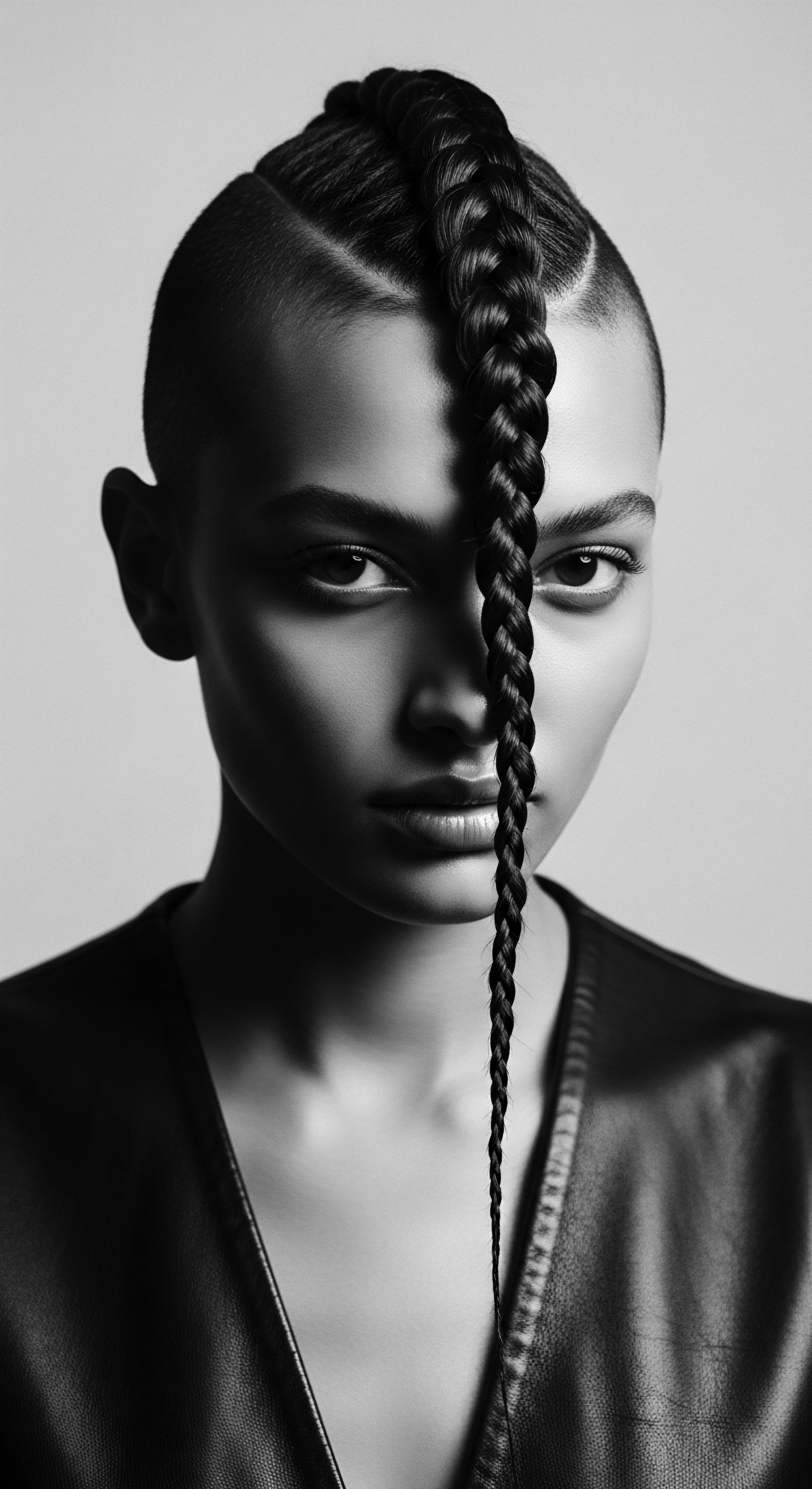
The Tactile Dialogue with Hair
Oiling traditions instilled a deeply tactile relationship with hair. The act of warming the oil, distributing it through sections, and massaging the scalp was often a meditative, communal experience. It was a moment of connection, often between mothers and daughters, grandmothers and grandchildren, where knowledge about hair was transmitted through touch and shared experience.
This physical intimacy with the hair allowed for a direct assessment of its condition ❉ was it dry, brittle, tangled? The hands, guided by generations of wisdom, knew how to respond, selecting the appropriate oil or blend.
Modern routines often emphasize speed and efficiency, sometimes sacrificing this tactile connection. Reintroducing the deliberate, mindful application of oils, taking time to feel the hair and scalp, can transform a routine from a chore into a ritual of self-care and ancestral connection. It re-grounds us in the wisdom that our hands, when attuned, possess a profound diagnostic capability.
- Shea Butter (Vitellaria paradoxa) ❉ Sourced from the nuts of the shea tree, native to West Africa. Ancestrally valued for its deep moisturizing and protective qualities, particularly against harsh sun and dry winds. Modern use continues to laud its emollient properties for dry, coarse, or highly textured hair.
- Coconut Oil (Cocos nucifera) ❉ Prominently used in coastal African and diasporic communities, as well as parts of Asia. Revered for its ability to penetrate the hair shaft, reducing protein loss. Today, it remains a popular choice for pre-poo treatments and moisture sealing.
- Palm Oil (Elaeis guineensis) ❉ A staple in many West African cultures. Historically used for its conditioning properties and as a base for hair pomades. Its rich fatty acid profile made it ideal for adding sheen and softness.
- Castor Oil (Ricinus communis) ❉ Utilized across various cultures, including those in Africa and the Caribbean, for its reputed ability to strengthen hair and promote growth. Its thick consistency made it a sealant and a protector for edges and ends.

Tools of Tender Care
The tools used in conjunction with historical oiling traditions were often extensions of the natural world or simple, handcrafted implements. Combs carved from wood or bone, fingers themselves, and natural fibers for wrapping. These tools worked in harmony with the oils, facilitating even distribution and gentle detangling.
The smooth, wide teeth of a wooden comb, for instance, would glide through oil-saturated hair with less resistance, minimizing breakage. This stands in contrast to some modern tools that, while effective, might require more conscious effort to avoid damage if not used with proper technique and sufficient lubrication.
The ancestral tool kit, though seemingly simple, represented an intuitive understanding of the hair’s fragility when dry. Oiling transformed the hair’s surface, preparing it for manipulation. The soft cloths used for headwraps, often soaked in aromatic oils, served not only as adornment but also as a protective layer, sealing in moisture during rest or during labor. This comprehensive approach, where oiling, styling, and tools formed a cohesive system, underscores the holistic nature of traditional hair care.
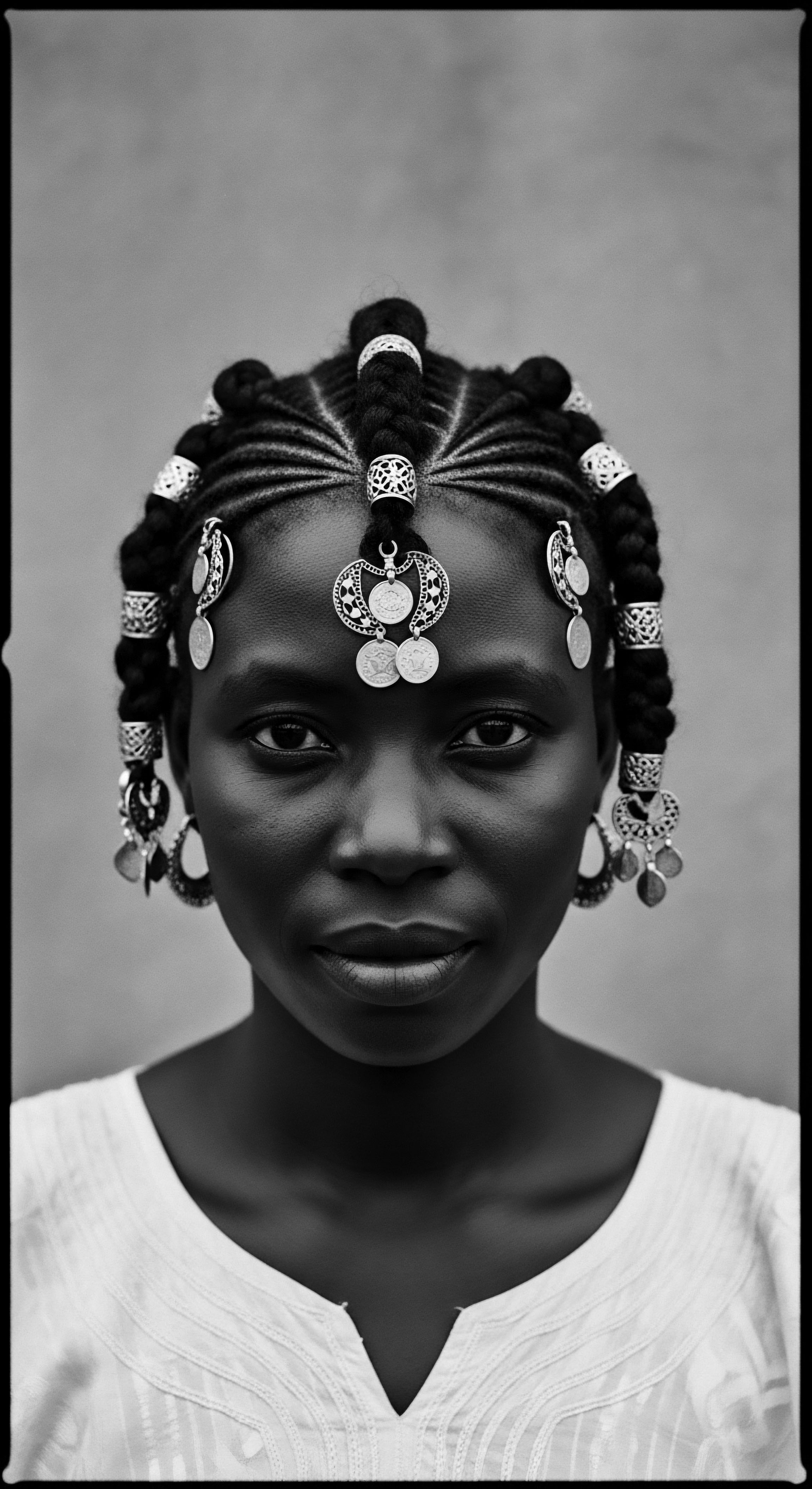
How Did Oiling Influence Traditional Hairstyling Techniques?
Oiling fundamentally shaped the very techniques of traditional hairstyling by transforming the hair’s pliability and resilience. Think of braiding. Dry, brittle textured hair is notoriously difficult to braid without breakage. The application of oils—whether rich butters or lighter liquid oils—would soften the hair, increase its elasticity, and reduce friction between strands and between hair and hands.
This lubrication allowed for tighter, smoother, and more durable braids and twists, styles that could last for weeks, offering extended protection. Oiling was not an afterthought; it was a prerequisite, allowing the hands to glide through the coils, shaping them into intricate patterns that were both beautiful and functional. Without the softening and protective properties of oils, many of the complex, long-lasting protective styles that are iconic within textured hair heritage would simply not have been feasible, or at least not without significant damage to the hair.

Relay
The journey from ancient wisdom to contemporary practice is not a linear progression, but a relay—a passing of the torch from one generation to the next, adapting knowledge to new contexts while retaining its core integrity. In the realm of textured hair care, this relay is particularly vivid when examining how historical oiling traditions continue to inform and authenticate modern routines. This section delves deeper, bringing scholarship and data to bear on the enduring relevance of ancestral practices, illustrating how they provide a scientific foundation for the present and a vision for the future.
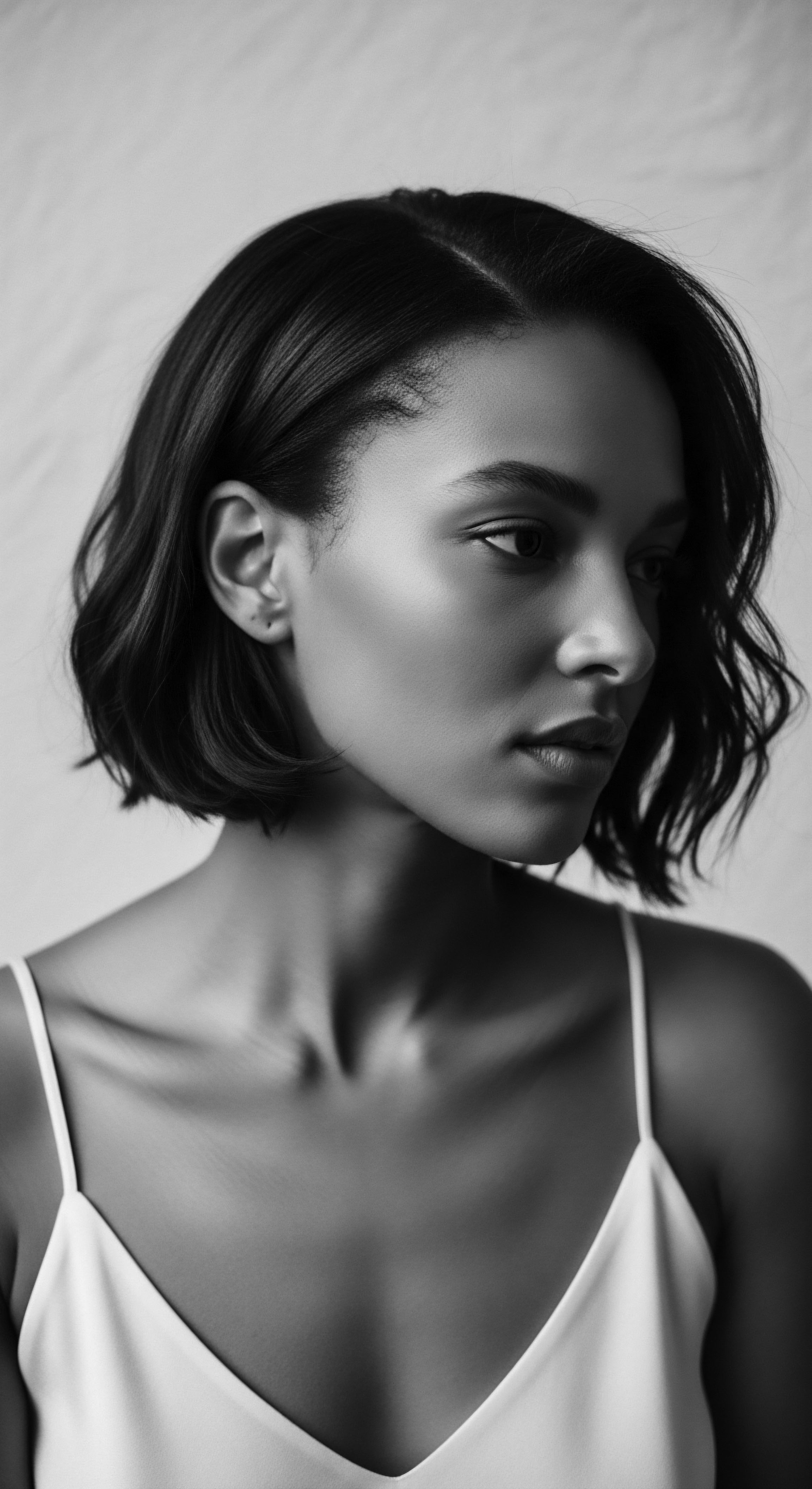
Building Regimens from Ancestral Blueprints
Modern textured hair regimens often focus on multi-step processes ❉ cleansing, conditioning, moisturizing, and sealing. This layered approach finds a clear parallel in historical oiling traditions. Ancestral care was rarely a single, isolated act of applying oil. Instead, it involved a sequence ❉ often a water-based cleanse (perhaps with plant extracts), followed by the application of oils or butters, sometimes combined with styling that further locked in moisture.
This sequential methodology, often intuitive, now has scientific backing. The principle of introducing water (hydration) before sealing it with an oil (occlusion) is a fundamental tenet of modern dermatological and trichological recommendations for managing dry, porous hair.
A study published in the International Journal of Trichology, while not directly on historical oiling, has discussed how various oils can penetrate the hair shaft or sit on the surface, affecting its mechanical properties and moisture content, particularly for hair types susceptible to cuticle damage and moisture loss (Rele & Mohile, 2003). This research validates the historical intuition that oils serve as critical barrier agents.
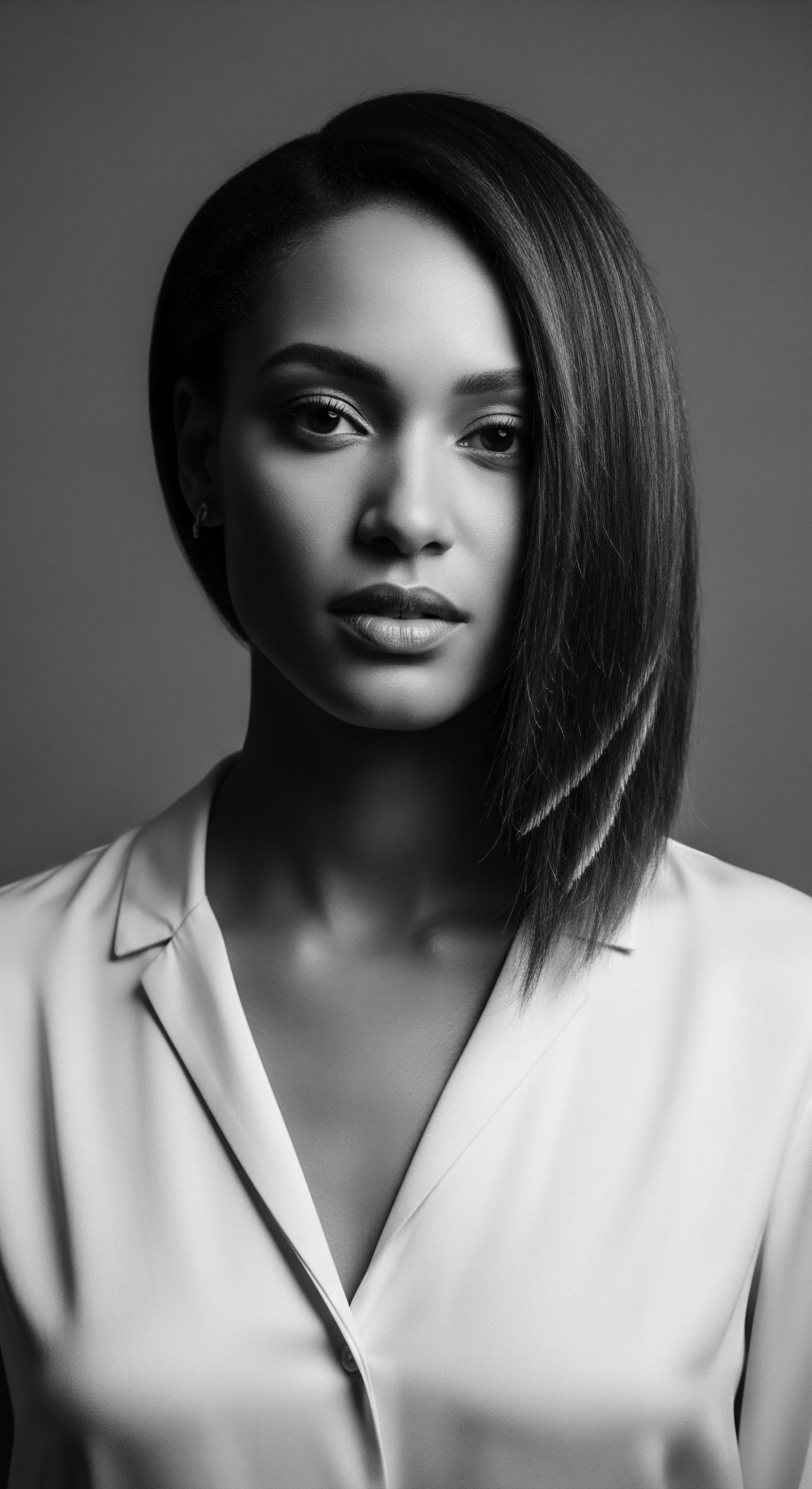
Nighttime Sanctum and the Role of Oils
The concept of nighttime protection for hair, often involving bonnets, scarves, or specific hairstyles, has deep roots in African and diasporic cultures. This practice wasn’t just about preserving a hairstyle; it was about safeguarding the hair from friction, tangling, and moisture loss during sleep. Oiling was an integral part of this evening ritual. Before wrapping, hair would often be lightly oiled to maintain its softness and flexibility overnight, reducing the likelihood of breakage as one moved during sleep.
This tradition counters the myth that hair needs to “breathe” unrestricted overnight. On the contrary, for textured hair, minimizing exposure to abrasive pillowcases and preventing moisture evaporation through overnight sealing is paramount. The modern satin bonnet or silk pillowcase, combined with a light application of a penetrating or sealing oil, is a direct heir to ancestral practices designed to protect the hair’s integrity during its most vulnerable hours of rest. The very wisdom embodied in these customs speaks to a long-held understanding of hair’s nocturnal needs.
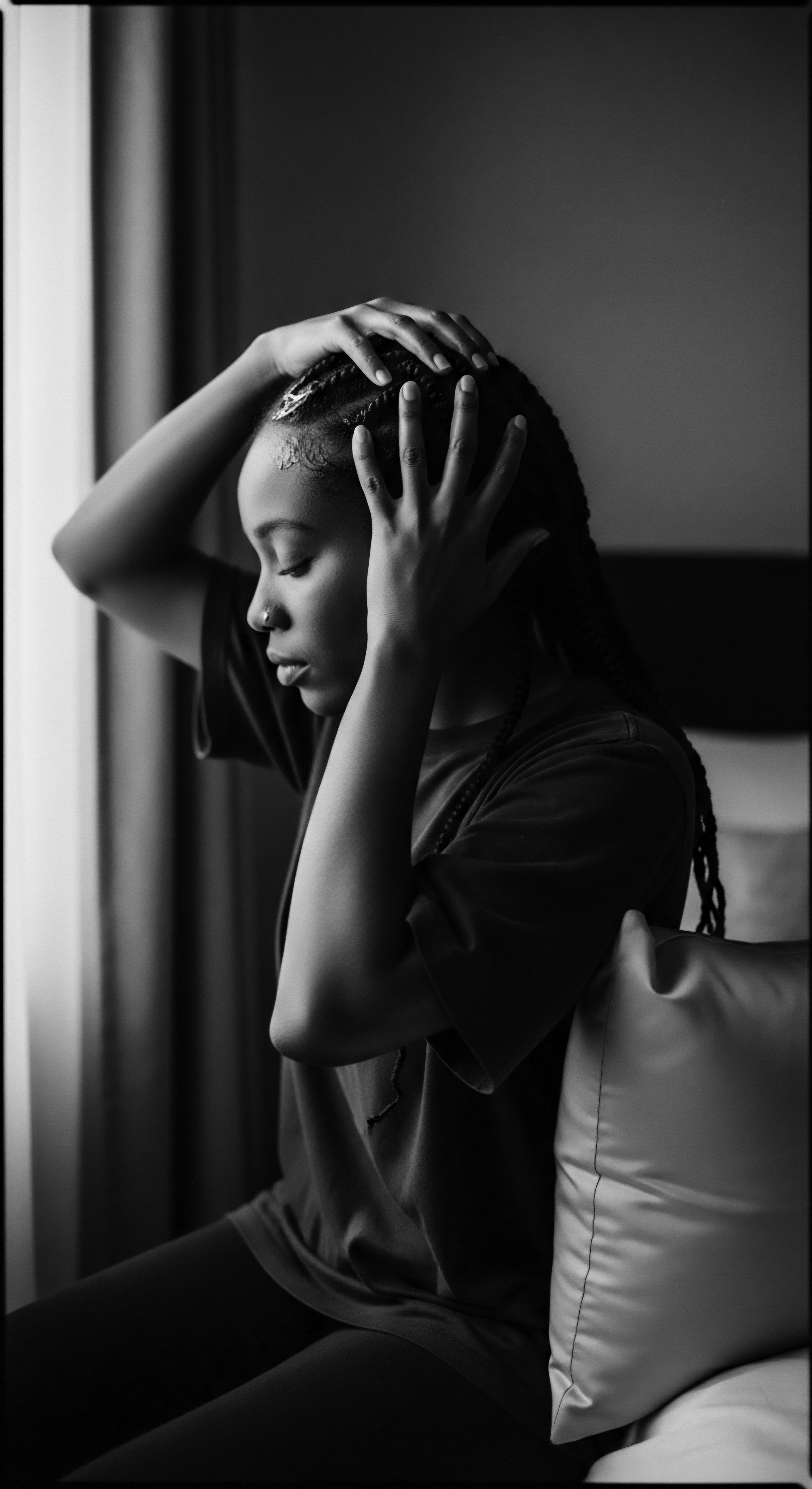
What Scientific Evidence Supports Traditional Oiling Practices?
Modern trichology and material science now provide compelling evidence for the efficacy of traditional oiling practices. The hair shaft, especially in textured hair, is prone to hygral fatigue—damage caused by repeated swelling and shrinking as it absorbs and loses water. Oils, particularly those with smaller molecular structures like coconut oil, have been shown to penetrate the hair cortex and reduce protein loss during washing (Ruetsch & Rele, 2003). Other oils, such as jojoba oil or argan oil, while not penetrating as deeply, form a protective film on the hair surface, reducing moisture evaporation and providing lubrication that minimizes friction and mechanical stress.
This dual action—penetration for internal strength and surface coating for external protection—is a sophisticated benefit that ancestral practitioners intuitively understood. Their practices, whether through the generous application of a specific seed oil or a blend of botanical extracts, were in essence, applied chemistry, mitigating environmental challenges and enhancing the hair’s intrinsic resilience.
| Traditional Practice Pre-Styling Oiling |
| Ancestral Context & Observed Benefit Hair made supple for intricate braids; reduced pain and pulling. |
| Modern Scientific Correlate Reduces friction, adds slip, minimizes mechanical damage during manipulation. |
| Traditional Practice Nighttime Oil Application & Wrapping |
| Ancestral Context & Observed Benefit Preserved styles, kept hair soft and manageable for days; protected hair during rest. |
| Modern Scientific Correlate Minimizes moisture loss and friction against bedding, reducing hygral fatigue and breakage. |
| Traditional Practice Scalp Oiling & Massage |
| Ancestral Context & Observed Benefit Promoted growth, relieved dryness, part of holistic wellness rituals. |
| Modern Scientific Correlate Increases blood circulation to follicles, delivers nutrients, reduces dry scalp and flaking. |
| Traditional Practice The enduring wisdom of historical oiling practices is increasingly affirmed by contemporary scientific understanding, bridging heritage with modern hair care efficacy. |
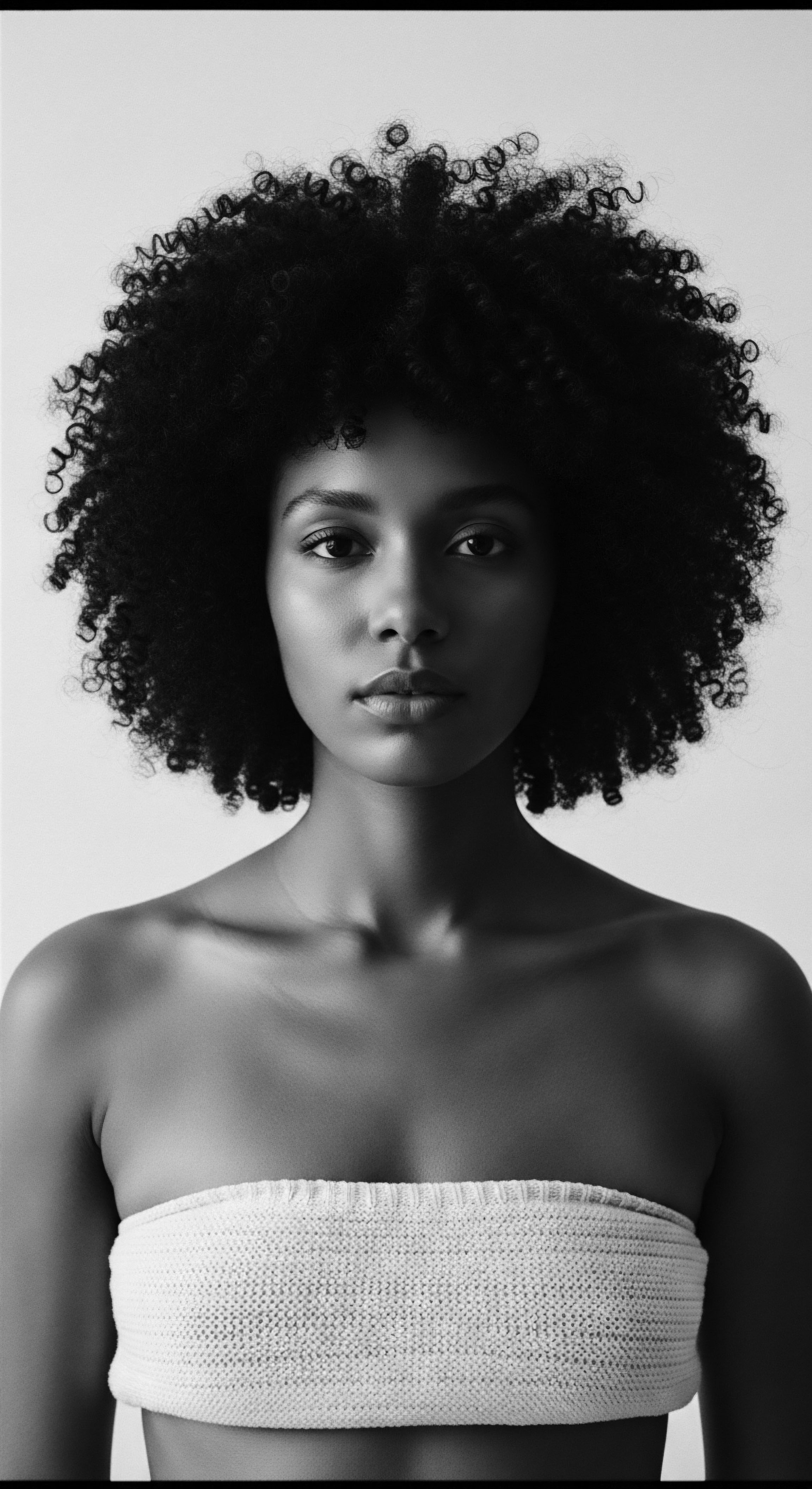
Holistic Influences and Ancestral Wellness
The concept of hair health within many ancestral traditions extended beyond the physical strand. It was intricately linked to overall well-being, spiritual harmony, and communal identity. Oiling was often part of broader wellness philosophies, connecting the physical act of care to internal balance. When addressing hair challenges—be it excessive shedding or slow growth—ancestral wisdom looked to diet, herbal remedies, and even spiritual cleansing alongside topical oil applications.
For instance, the use of certain oils was sometimes associated with specific medicinal properties or spiritual connotations. In some parts of East Africa, for example, castor oil was not only applied for hair growth but also ingested for various ailments, demonstrating a holistic view of the body and its systems (Oguntibeju, 2018). This integrated approach provides a powerful lens through which to view modern textured hair problems. Instead of seeking isolated solutions for hair issues, ancestral wisdom encourages us to consider the interplay of nutrition, stress, sleep, and even emotional well-being.
The profound connections between ancestral oiling traditions and contemporary hair science reveal that ancient practices often possessed an intuitive grasp of principles now validated by modern research.
By embracing this holistic perspective, modern textured hair routines can move beyond mere product application to a more meaningful and effective system of care. The relay, in this sense, is not just about passing on techniques, but about reconnecting with the deep wellspring of understanding that saw hair as a vital aspect of a person’s complete being, profoundly linked to their lineage and their place in the world.
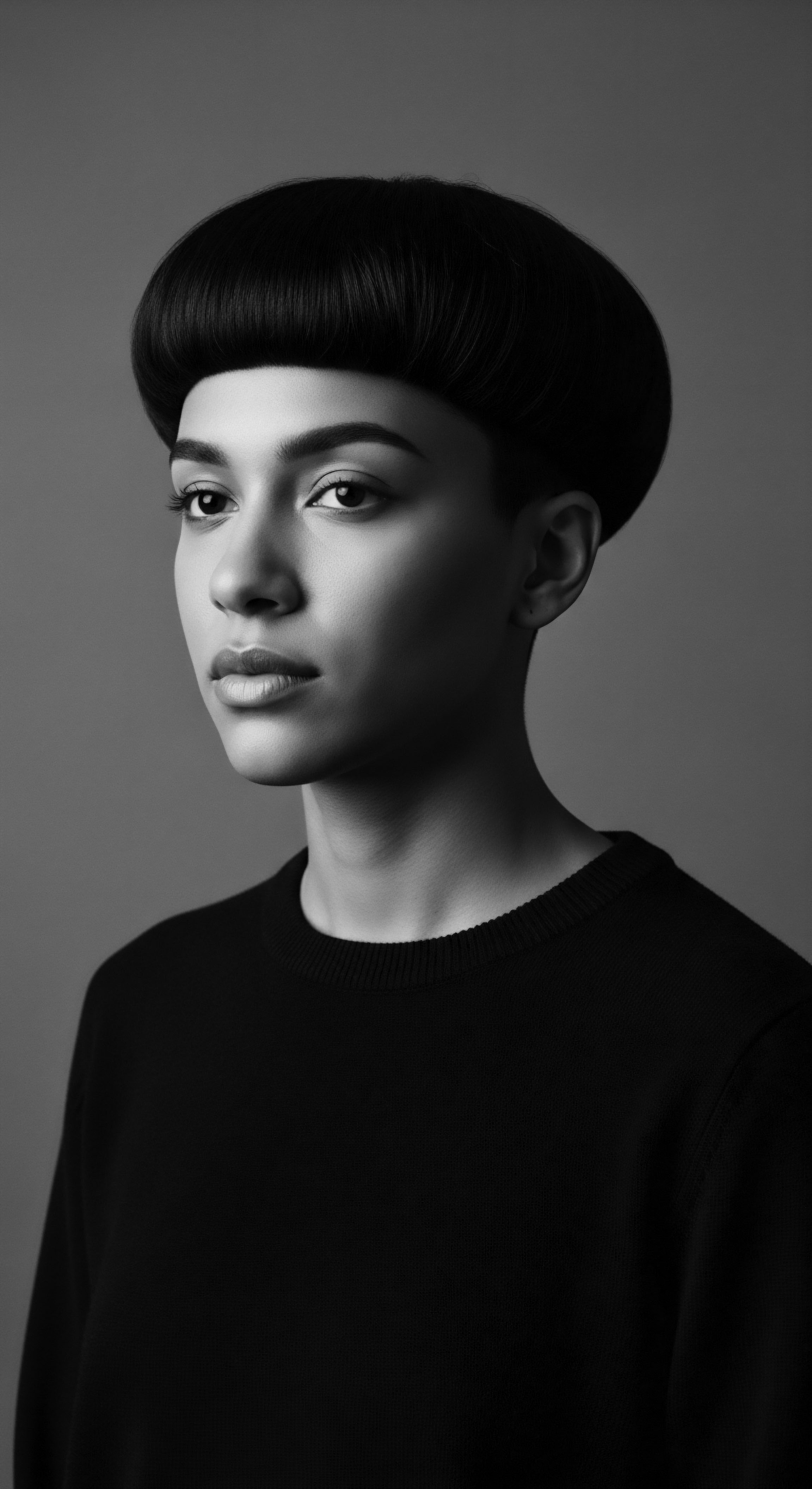
Reflection
As we draw this exploration to a close, a quiet realization settles ❉ the story of textured hair, its heritage, and its care is not a dusty tome of the past, but a living, breathing archive. The echoes of historical oiling traditions do not merely suggest ways to inform modern routines; they embody the very soul of a strand, connecting us to a lineage of wisdom, ingenuity, and profound respect for our crowns. It is a dialogue between the hands that tilled ancient earth for healing plants and the hands that now massage carefully blended elixirs into coils and kinks. This heritage is not static; it is a dynamic current, shaping our choices, validating our instincts, and rooting our practices in something far grander than fleeting trends.
The journey from elemental biology to communal ritual, and then to the scientific relay of understanding, reveals a continuous thread. This thread, woven through generations, reminds us that textured hair is not simply a collection of protein fibers; it is a repository of identity, a marker of resilience, and a canvas for self-expression. By consciously integrating the lessons of ancestral oiling—the mindfulness of application, the reverence for natural ingredients, the understanding of hair’s inherent needs, and the holistic view of well-being—we do more than improve our hair’s physical state. We honor a legacy.
We participate in a tradition that speaks to beauty, strength, and an enduring connection to those who came before us. Our modern routines, when informed by this rich heritage, become not just acts of personal grooming, but acts of remembrance, of celebration, and of self-possession. The unbound helix, therefore, continues its spiral, carrying forward the tender thread of care, eternally nourished by the deep roots of our past.
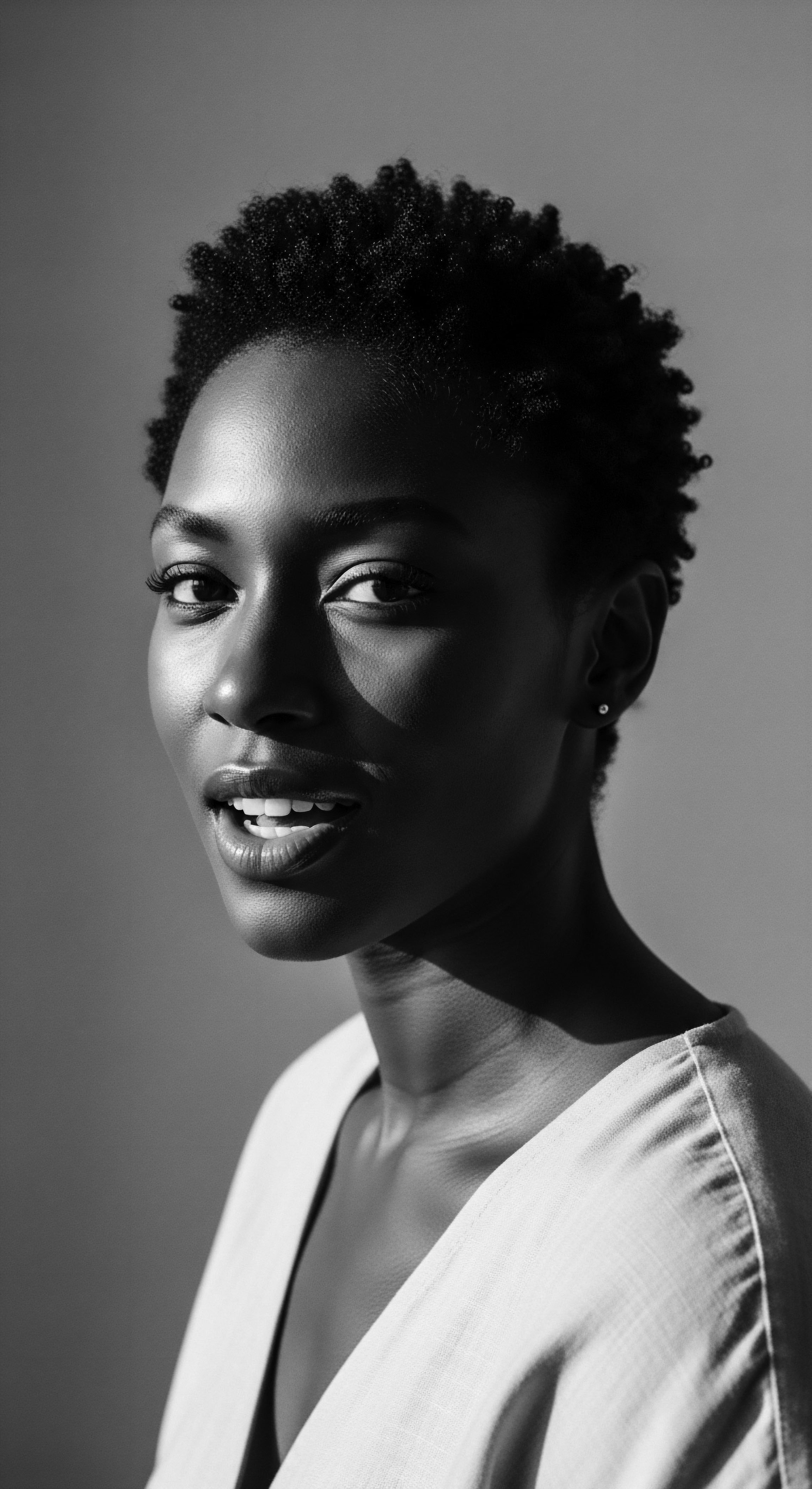
References
- Brouwer, E. (2017). Shea Butter ❉ The Cream of the Crop. CRC Press.
- Oguntibeju, O. O. (2018). Medicinal Plants and Traditional Medicine in Africa. Nova Science Publishers.
- Rele, V. J. & Mohile, R. B. (2003). Effect of mineral oil, sunflower oil, and coconut oil on prevention of hair damage. Journal of Cosmetic Science.
- Ruetsch, S. B. & Rele, V. J. (2003). Hair Care ❉ An Illustrated Dermatologic Approach. Marcel Dekker.
